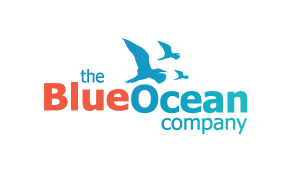“We have created a new organisational structure to support our new brand identity; new teams, new bosses, new responsibilities. How can we maintain our high level of output for our internal customers while our people are focused on how to be successful in this new environment?”
– Head of Corporate Academy, Automotive Industry
Focus on Managing the Transition
As author and change consultant William Bridges puts it: “Change is situational: the move to a new site, the reorganisation of the roles on the team. Transition, on the other hand, is psychological: it is a three-phase process people go through as they internalise and come to terms with the details of the new situation that the change brings about.” (Managing Transitions, 2003)
There are a number of initiatives that can be launched immediately and fairly easily in order to ensure that will move people through the transition phase quickly and successfully, ensuring that the new culture becomes the norm.
Step One: Mobilise
Call to Action
- Conduct an interview-based culture assessment (both cost-effective and undemanding on your resources). The resulting report will identify those behaviours and processes that will help as well as hinder the new culture, so that you can focus development on those areas with the most impact.
- Prepare employees for transition through a two-day event where people have the opportunity to understand, accept and commit to changing certain behaviours and adopting new ones. Use an approach that facilitates two-day dialogue and meaning-making such as World Cafe or Open Space.
Step Two: Transition
Develop the Right Skills and Behaviours
Use the outcomes of the culture assessment report and the event to create targeted development opportunities at three levels:
- Senior management team: initiate a series of ‘Walk the Talk’ executive workshops plus expert coaching, so that the team can role model the desired behaviours from the start.
- Leaders: organise ‘Transition Leadership’ workshops so that leaders can become sponsors of the change, assume responsibility with confidence (AIM = Advanced Implementation Methodology) and move their people and their teams along the transition curve.
- Staff: provide learning opportunities clearly linked to practical application, at an individual as well as intact team level.
The key to success is to start at the top and cascade the approach and the messages to ensure consistency.
Step Three: Stabilise
Consolidate the Change
At this stage, people have formed new relationships and become comfortable with their routines. Celebrate successes at every opportunity, informally within the team and division as well as formally across the rest of the organisation by inviting your internal customers into the dialogue.
